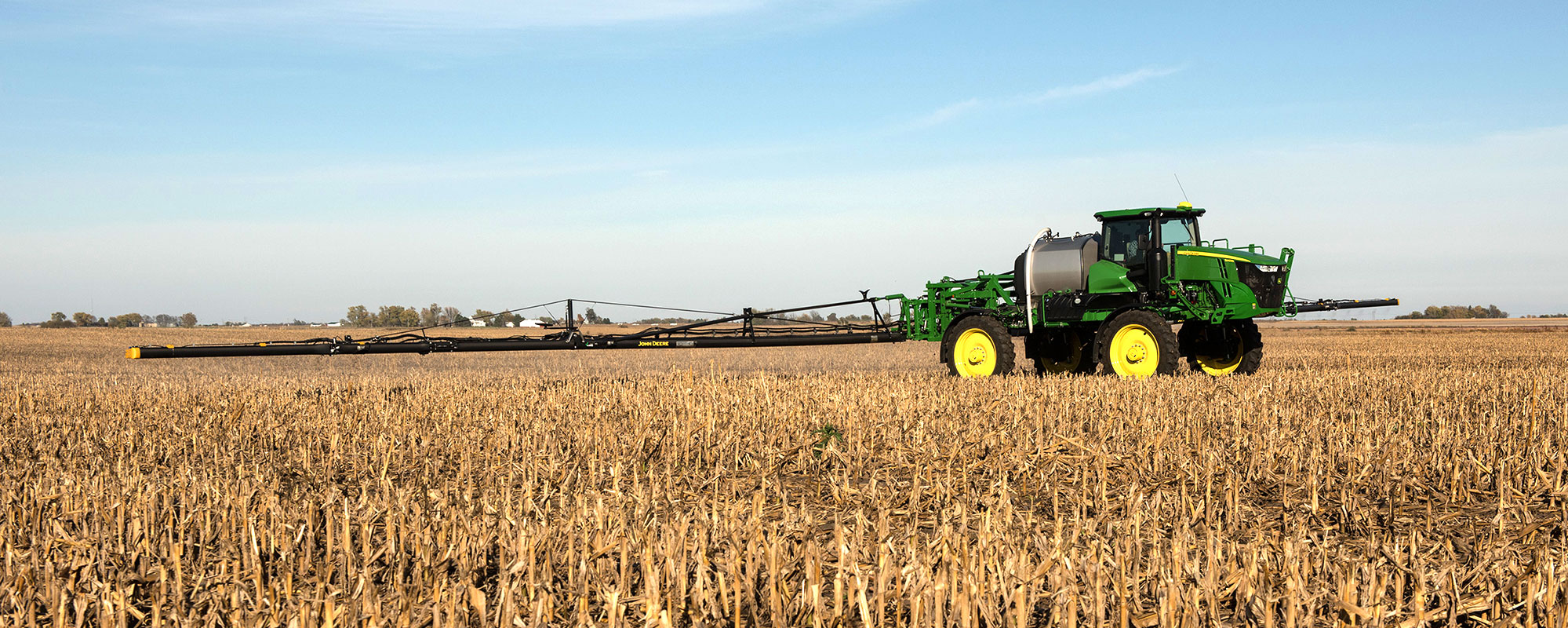

Nitrogen stabilizer (inhibitor) technology has been around for a long time, with plenty of science to prove they work effectively year in and year out. Even so, many producers elect not to utilize nitrogen stabilizers. For some the price of nitrogen is inexpensive enough that they feel that adding additional nitrogen to compensate for possible loss is more cost effective, but adding more nitrogen is not a foolproof way to counter nitrogen loss, nor is it environmentally sound. Other producers acknowledge that nitrogen loss occurs, but do not truly understand the process, how much can be lost, or how rapid nitrogen loss can happen.
Urease inhibitors reduce volatilization, which is the loss of ammonia gas. Ammonia gas is one of the compounds urea changes as it converts to eventually nitrate, and conversion to ammonia can happen quickly, possibly losing 50% of your applied nitrogen within 3 days of application. We want this reaction to occur, but under controlled conditions. Since ammonia gas is highly soluble with water, soil moisture is often enough to prevent volatilization when urea based fertilizers are incorporated or injected below the soil surface. This high solubility with water also increases the chance of nitrogen loss as the ammonia gas leaves the field with water vapor through evaporation when left on the soil surface. Urease inhibitors slow the conversion of urea to ammonia, allowing more time for incorporation.
Nitrapyrin based stabilizers limit nitrogen loss through leaching or denitrification. These losses occur once the fertilizer sources are converted to nitrate. Leaching is the movement of nitrate nitrogen through the soil profile with water. Denitrification is the loss of nitrogen gas, usually caused by waterlogged soils. Nitrapyrin slows the conversion from ammonia to nitrate by reducing the population of nitrosomonas bacteria that are responsible for this conversion of nitrogen. Nitrosomonas bacteria are inactive when soil temperatures are below 50 degrees Fahrenheit, which is why anhydrous ammonia is applied in heavier clay soils in the fall without much concern for N loss, but bacteria populations can build up quickly one soil temperatures rise in the spring.
Stabilizer needs and effectiveness will vary with liquid versus dry fertilizer products and the method of application. The best advice is to consult with your Norder Supply Agronomist for specific recommendations.